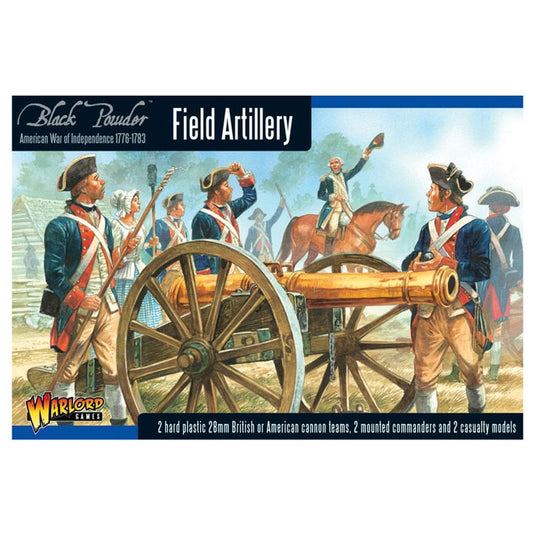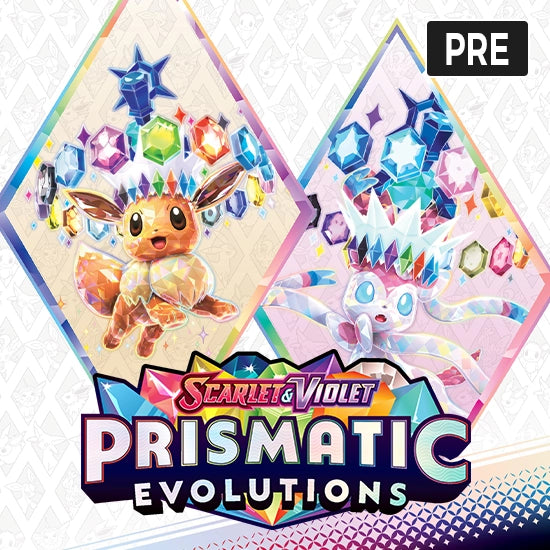Description
In Europe, massed artillery was beginning to be a regular feature on the battlefield, and came at times to dominate the field. This was much less the case in America for various reasons, such as cost, availability and terrain to name but three.
That being said, there were few battles that did not feature artillery of some kind, and any General would have been very happy to have the support of medium or light guns. The guns were on the whole bravely and well served by both sides, inflicting losses at long range with bounding iron cannon balls, and using case shot – a tin of tightly-packed musket balls – at close range. This box can be assembled and painted to represent Continental gunners, including the famous ‘Molly Pitcher’, or their opposite numbers, the Royal Artillery.
“Fire away boys!”
Contains the following plastic figures:
- 2 cannon. Can be built as either 3-pdr or 6-pdr cannon and with British Royal Artillery Crew or Continental Army gunners
- 1 ‘Molly Pitcher’ figure
- 2 mounted army commanders with option of 6 heads representing some of the most famous generals of the war on both sides
- 2 casualty figures - can be made as British or Continental
- 4-page background guide including construction details
- Model supplied unassembled and unpainted.
Frequently Asked Questions
What are miniatures used for in tabletop games?
Miniatures are small, detailed models used in tabletop games to represent characters, creatures, and scenery.
They enhance the visual experience and aid in gameplay by providing a physical representation of game
elements.
How do I paint my miniatures?
Painting miniatures involves several steps: priming the miniature with a base coat, applying base colors,
adding details with fine brushes, and finishing with a protective sealant. Many hobbyists use acrylic paints
and invest in quality brushes for the best results. You can pick some up from our Paints
Section
What materials are miniatures typically made from?
Miniatures are commonly made from plastic, resin, or metal. Each material has its own advantages; plastic is
lightweight and affordable, resin captures fine details well, and metal miniatures are durable and have a
classic feel.
How can I start collecting miniatures?
Start by choosing a game or genre that interests you. Purchase a starter set or a few miniatures to begin
with, and gradually expand your collection. Joining local gaming groups or online communities can provide
valuable advice and support.
Where can I buy miniatures?
Miniatures can be purchased from Here. As well as from Hobby shops
like our Gaming Centre, or at
Conventions, or Games Workshop
What are some tips for assembling miniatures?
Use a hobby knife or clippers to carefully remove pieces from sprues. Dry fit parts before gluing to ensure
proper alignment, and use a plastic or super glue appropriate for the material. Allow glued parts to fully
dry before handling. All of these can be found Here
Can miniatures be used in different games?
While some miniatures are specific to certain games, many can be used across different tabletop games and
RPGs, especially if they fit the theme or setting. Check the scale and style to ensure compatibility.
How should I store and transport my miniatures?
Store miniatures in a cool, dry place, ideally in a protective case with individual compartments to prevent
damage. When transporting, use foam trays or padded bags to cushion the miniatures and keep them secure.
Are there any beginner-friendly miniature painting tutorials?
Yes, there are many beginner-friendly tutorials available online. Websites, YouTube channels, and hobby blogs
often provide step-by-step guides and videos to help newcomers learn painting techniques and improve their
skills.



















